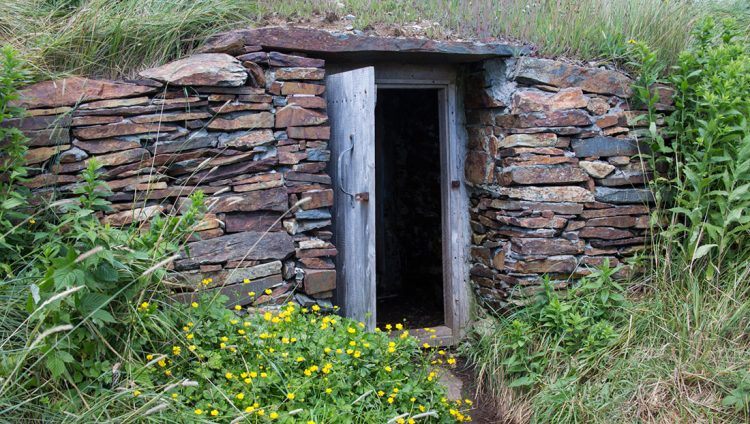
If you live in a modern country and are reading this article, it is likely that you have a large refrigerator that does not regularly lose power. This is where you store a good portion of your food because it is convenient and you do not need to think twice about its well-being once in the fridge. Leftovers, produce, dairy, and other commodities are just thrown into the refrigerator and eaten or forgotten.
However, what do you do when the electricity goes off and remains off for an extended period of time? What happens if you want to go on a camping trip for a lengthy period of time and do not have access to refrigeration? What if you wish to live off the grid to save money on gas or electricity and no fuel source is available? These are common questions that are asked with simple solutions. Here are five ways to keep your food cool without a conventional refrigerator.
Basement
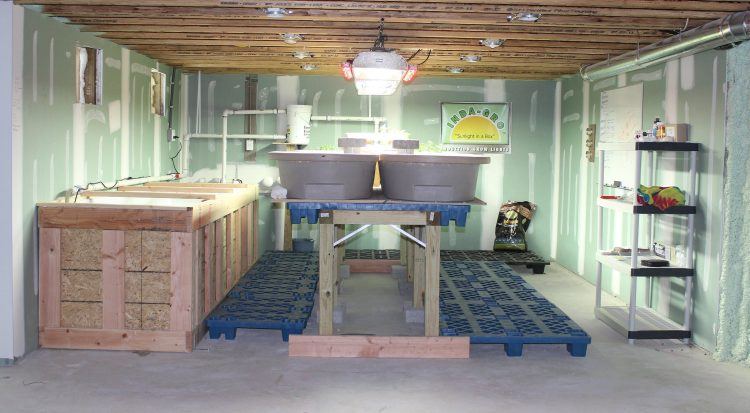
The optimal storage conditions fruits and vegetables varies between 50-degress and 55-degrees Fahrenheit with low humidity. Celery, cabbage and root crops can handle temperatures down to 30 degrees Fahrenheit and more humidity. Therefore, the best storage location in your home when the refrigerator is unavailable is in the basement. Since most unfinished basements do not have HVAC running through the walls, it remains cool and dry during the winter, summer and seasons in-between.
Zeer Pot
A zeer pot is one of the newer inventions on the market to keep food cool. Developed by Mohammed Bah Abba, a Nigeria pot maker, in 1995, the Zeer pot was originally used to assist Sudanese families with food preservation. This invention actually won him the 2000 Rolex Award and 2001 World Shell Award for Sustainable Development. Since that time, it has gained popularity with outdoor enthusiasts and off-the-gridders alike.
The Zeer Pot utilizes evaporative cooling. First, you must use two unglazed Terra Cotta pots that can be nested together but leave a space in-between, wet clothes and wet sand. Next, Place the smaller pot inside of the larger pot and fill the space between the two with the wet sand. Then, cover your pot assembly with the wet cloth. As the water from the wet cloth evaporates, it pulls warm air out resulting in the pot to become cooler than the outside air. This allows you to place whatever food you want to remain cool inside the inner pot. The sand and cloth can be regularly dampened to continue the cooling process.
Solar Oven
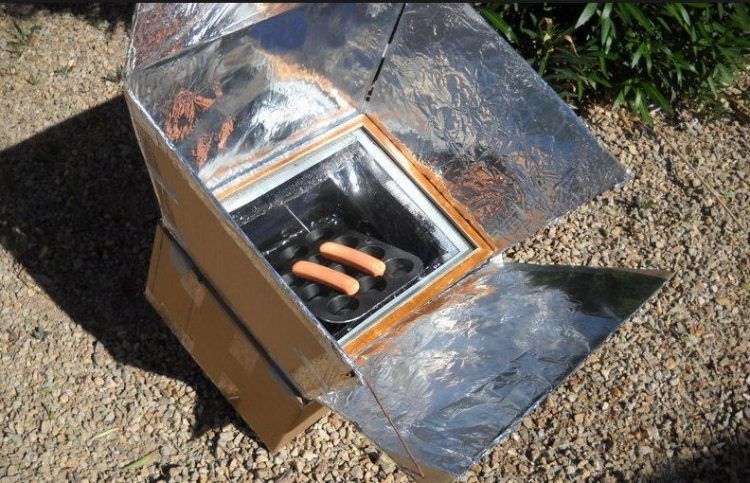
Solar ovens are most commonly used to heat your food when electricity is not present. However, did you know that you can use the same solar oven by day to keep food cool and make ice by night? The Ancient Egyptians made cool water and ice by exposing water to the clear night sky. The solar oven uses similar principles.
First, place a jar in the solar oven with two bags around it filled with air pockets or water. Place the water into the jar and the result will be cold water or ice which can be used during the day for cooling your food. Alternatively, place your food directly into the jar to keep it cool throughout the night. By allowing the jar to see the clear night, you can retrieve your cool food prior to the sun coming up. Add insulation (sand or other dense natural material) during the day to maintain the cool temperature. In an experiment conducted by Brigham Young University students, they were able to consistently reach a temperature of 29-degrees Fahrenheit.
Evaporative Refrigerator
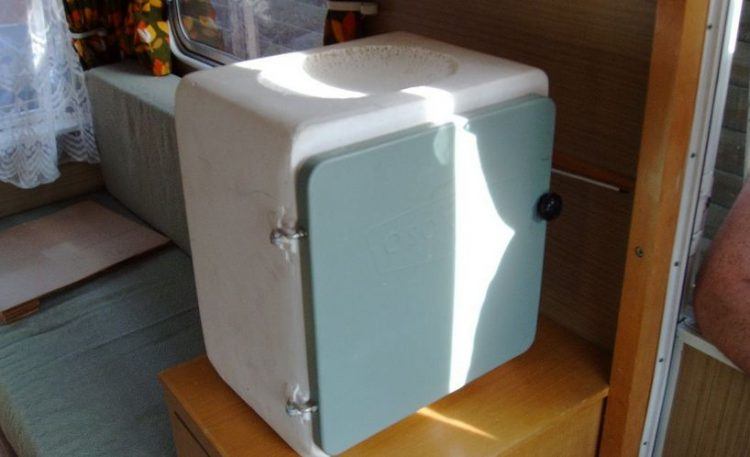
The evaporative refrigerator allows for the cooling of many food items at once. Begin constructing the evaporative refrigerator by using heavy-duty plastic shelving. Set up the top shelf to ensure it has the ability to hold water. If you cannot adjust the top shelf, find a shallow pan to place one the top shelf as an alternative. Once it is in place, procure enough heavy cloth to cover the entire shelving unit. Wet the cloth and wrap-it around the shelving unit, securing the area with clamps but leaving extra burlap hanging from the top shelf.
Water will wick down the burlap and evaporate resulting in a cooling effect for whatever is placed on the shelves. By regularly refilling the water, you can keep the contents cold day and night. Make sure to place the cooling units in areas that receive a lot of air movement and little humidity to optimize the performance. Even on hot days with no refrigerators, electricity or air-conditioners, you can utilize this method to make your food last longer and even pull out a cool beverage to enjoy at the end of a long day.
Root Cellar
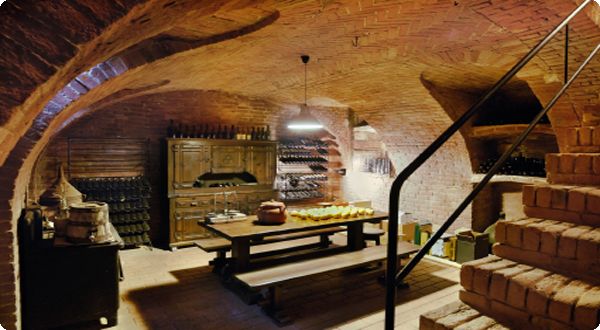
A root cellar for winter and fall storage is ideal to keep food cool at almost any latitude, even in the south. Many root cellars can store fresh foods for a month of longer, even in the hot summer months. Constructing these food storage containers are not difficult and take around two days to complete with most of the time digging the hole. It is definitely possible to complete the job in less time. To begin, you will need straw bales, plastic sheeting, clear plastic sheeting, a shovel and pick and an old refrigerator.
First, remove the shelves, lock and motor from the fridge door. Second, dig a large hole to maintain the deep freeze where the top of the freezer is at ground level. Third, place a few rocks in the bottom of the hold to ensure proper drainage. Fourth, place the freezer into the hold on its back with the door open. Fifth, fill he area around the freezer with soil. Sixth, place fruits or vegetables in the freezer. Seventh, cover the freezer with the plastic sheet to prevent water from freezing it shut. Finally, place bags of bale on top of the freezer to insulate the food. Also, add a small hole within the freezer to let in fresh air. Keeping the air flowing is critical to all types of freezing methods.


Comments
Loading…